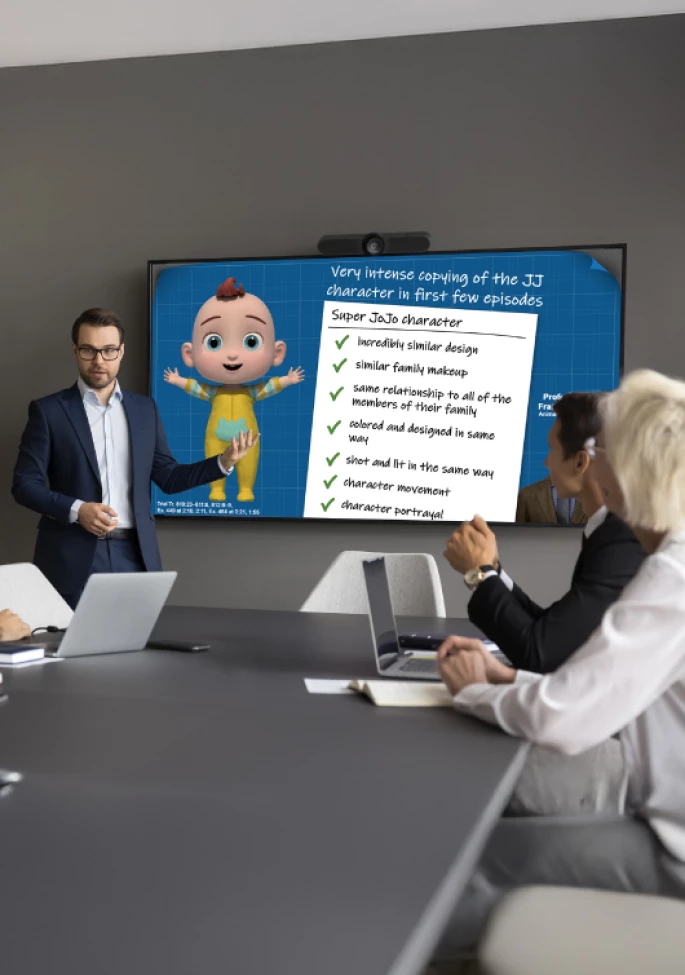In a previous article, we discussed key points for making a Batson challenge, but what do you do when circumstances are reversed? In most cases, these challenges are made in an effort to disrupt a successful voir dire or to rattle an opponent before opening statements. Stay calm. With a little organization and good note-taking, defending your peremptory strikes is a piece of cake.
Put the Burden Where It Belongs
Foremost, it is important to keep in mind that the complaining party bears the burden of showing purposeful discrimination—that is, that you exercised your strikes based solely on the jurors’ membership in some “cognizable group.” Thus, when opposing counsel makes the challenge, insist that they first establish a prima facie case of discrimination. Many attorneys make the mistake of immediately going on the defensive and start to justify their strikes before the judge has determined that the challenging party has met this initial burden.
If the complaining party has not identified a protected cognizable group (e.g., race or gender), established a discriminatory pattern of strikes, or described sufficient circumstances for inferring a discriminatory intent, then there may be no need to entertain the challenge. Moreover, in jurisdictions where a juror’s race is not provided on a questionnaire, requiring your opponent to openly identify each juror’s race can actually put them on the spot and shift the feeling of uneasiness.
Provide a Neutral Explanation
Once the judge has determined that your opponent has established a prima facie case of discrimination, as the defending party you will need only to provide a race-neutral, or gender-neutral, explanation for your strikes. You should be prepared to reference attitudes and experiences that the stricken jurors have shared in a written juror questionnaire (if any) or during the oral voir dire process, and explain how those attitudes and experiences make each person an unfavorable juror for your client. Even when there is no questionnaire and the juror has said little to nothing, you can make the argument that certain characteristics—such as education level or occupational industry—have been shown to correlate with juror disposition. This is particularly true if you have conducted juror research in your case or similar cases.
During one recent trial, a judge was satisfied with a lawyer’s explanation that they “had a nurse on a previous jury, and she killed us.” In the absence of sufficient neutral reasoning for striking the juror, or in addition to that argument, you may also justify a strike by relying on a strategic decision, such as striking the challenged juror to seat a more favorable juror, according to that juror’s attitudes and experiences. Having a consultant on hand at this stage can be especially helpful for providing on-the-spot neutral explanations, presumably because they have been noting juror characteristics, responses, and body language while counsel has been focusing on connecting with jurors during voir dire. Additionally, your trial consultant should be familiar with the jury research for your case type and be able to provide verifiable explanations for why certain juror characteristics may be unfavorable for your position.
Know the Standard of Review
As the defending party, it should be comforting to know that when evaluating the race-neutral explanation for the strike, the standard discussed in Batson appears to be low; the court makes clear that “[u]nless a discriminatory intent is inherent in the [defending party]’s explanation, the reason offered will be deemed race-neutral.” Purkett v. Elem, 514 U.S. 765, 768 (1995) (per curiam.) The court goes on to emphasize that the defending party need not provide “an explanation that is persuasive, or even plausible,” only one with “facial validity.” Id. at 778.
Being prepared to cite this favorable decision—or similar rulings in your jurisdiction—can be particularly beneficial at this stage. However, the trial court is still charged with determining the credibility of the race-neutral justification. Credibility, according to the court, “can be measured by, among other factors, the [defending party]’s demeanor; by how reasonable, or how improbable, the explanations are; and by whether the proffered rationale has some basis in accepted trial strategy.” Miller-El v. Cockrell, 537 U.S. 322, 339 (2003). Given this emphasis on credibility, it is even more important that counsel appear firm and confident when providing these explanations, regardless of any feelings of uneasiness.
In Conclusion
The real takeaway is that defending a Batson challenge should not set you off your game. With adequate note-taking and a little confidence, providing race- and gender-neutral explanations for your strikes that will satisfy the judge should be an easy hurdle. As we have discussed, having a jury consultant by your side during this process can not only help you make an effective challenge but can also help you successfully defend one when the shoe is on the other foot.





